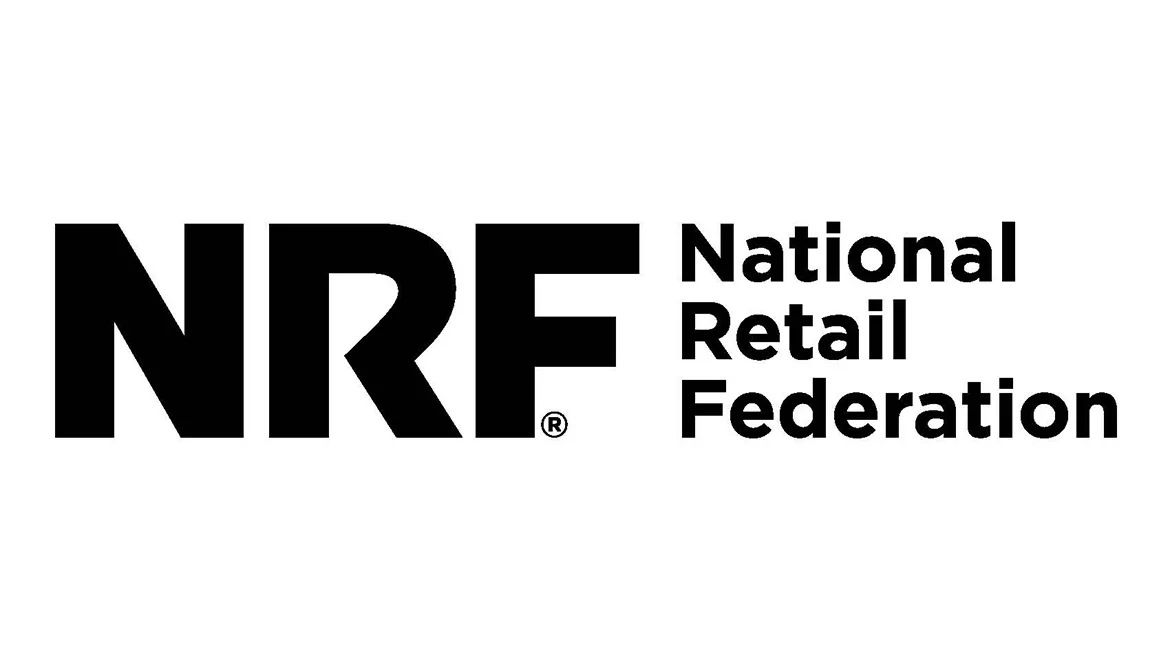NRF Reports Rise in Sales Amid Controlling Inflation

Retail sales bounced back in April, showing both month-over-month and year-over-year growth while facing the challenges of bringing inflation under control, the National Retail Federation said today.
“Retail sales rebounded in April, reflecting consumer resilience in the face of elevated economic uncertainty,” NRF President and CEO Matthew Shay said. “Moderating price levels, continued labor market strength and wage gains have increased consumers’ ability to spend. However, they remain cautious and concerned about the current economic environment. Retailers continue to provide competitive pricing and convenience to help cost-sensitive consumers stretch their budgets.”
“Consumers remained engaged in April,” said NRF Chief Economist Jack Kleinhenz. “Shoppers are being selective and price-sensitive, but we continue to expect that spending will see modest gains through the course of the year. Year-over-year growth slowed, which was partly because of upward revisions to last year’s data but also an early indication that credit conditions are tightening and excess savings are shrinking.”
Slower-but-continued growth in gross domestic product and other economic indicators during the first quarter showed the difficulty of bringing inflation under control.
“The World Health Organization says the pandemic is over, and the U.S. government has ended its declaration of a public health emergency. But that doesn’t mean the economic challenges brought on by COVID-19 are over,” said Kleinhenz. “For the past year, the Federal Reserve has been trying to bring rampant inflation under control by raising interest rates. The effort has yet to reach its goal, and results from the first quarter show taming inflation without tipping the nation into a recession remains a formidable challenge.”
“A slowdown in GDP is normally seen as a negative, but in the current context is key to controlling inflation,” said Kleinhenz. “Fortunately, the economic data is not consistent with a typical recession.”
Kleinhenz said the U.S. economy “remained in gear” during the first quarter even as GDP growth slowed to a modest 1.1% annual rate from the average 3% in the previous two quarters. The number could have been more than two percentage points higher, but many businesses reduced built-up inventories rather than producing or buying more goods. Consumer spending, which accounts for two-thirds of GDP, grew 6.5%, up from 0.1% growth the previous quarter as disposable personal income saw annual growth of 8.4%.
The Employment Cost Index showed growth in private manufacturing wages and salaries dropped to 4.9% in the first quarter from 5.1% the quarter before but remained above the 3.5% rate needed to be consistent with the Fed’s 2% inflation target. Heading into the second quarter, employment numbers were better than expected despite high interest rates, with a net jobs gain of 253,000, a year-over-year wage increase of 4.4% and the unemployment rate of 3.4% tying January for the lowest in more than 50 years.
Inflation as tracked by the Personal Consumption Expenditures Price Index – the Fed’s preferred measure – was 4.9% year over year in the first quarter. That was down from 5.7% in the fourth quarter and far below the 6.4% seen a year earlier. The core PCE index, which excludes volatile food and energy prices, was at 4.7%.
Amid those numbers, the Fed last week raised interest rates another quarter-point to an upper bound of 5.25%. Chairman Jerome Powell said sentiment on the Fed’s Federal Open Market Committee favors a pause in interest rate hikes, but that the panel is not yet ready to commit. Kleinhenz said the key questions are how the Fed will know when to stop raising rates and how soon after that it will start to lower them.
In announcing the increase, the Fed said tighter credit conditions are likely to “weigh on” economic activity.
“That is consistent with our views on the risks to the 2023 economic outlook,” said Kleinhenz. “But in the bad-news-is-good-news world of trying to control inflation, that may be exactly the result that is needed. The key is finding a way to control or manage the uncertainty.”
The U.S. Census Bureau today said overall retail sales in April were up 0.4% from March and up 1.6% year over year. In March, sales were down 0.7% month over month but up 2.4% year over year.
NRF’s calculation of retail sales – which excludes automobile dealers, gasoline stations and restaurants to focus on core retail – showed April was up 0.6% from March and up 2% unadjusted year over year. In March, sales were down 0.7% month over month but up 3.4% year over year. NRF’s numbers were up 3.7% unadjusted year over year on a three-month moving average as of April.
April sales were up in four out of nine retail categories on a yearly basis, led by online sales, health and personal care stores and general merchandise stores, and also rose in four categories on a monthly basis. Specifics from key sectors include:
- Online and other non-store sales were up 1.2% month over month seasonally adjusted and up 6.4% unadjusted year over year.
- Health and personal care stores were up 0.9% month over month seasonally adjusted and up 5.8% unadjusted year over year.
- General merchandise stores were up 0.9% month over month seasonally adjusted and up 4.1% unadjusted year over year.
- Grocery and beverage stores were down 0.2% month over month seasonally adjusted but up 2.9% unadjusted year over year.
- Clothing and clothing accessory stores were down 0.3% month over month seasonally adjusted and down 4.1% unadjusted year over year.
- Building materials and garden supply stores were up 0.5% month over month seasonally adjusted but down 5.7% unadjusted year over year.
- Electronics and appliance stores were down 0.5% month over month seasonally adjusted and down 8.2% unadjusted year over year.
- Furniture and home furnishings stores were down 0.7% month over month seasonally adjusted and down 8.8% unadjusted year over year.
- Sporting goods stores were down 3.3% month over month seasonally adjusted and down 9.1% unadjusted year over year.
As the leading authority and voice for the retail industry, NRF analyzes economic conditions affecting the industry through reports such as the Monthly Economic Review.
For more recent articles on NRF, click here.
Looking for a reprint of this article?
From high-res PDFs to custom plaques, order your copy today!

